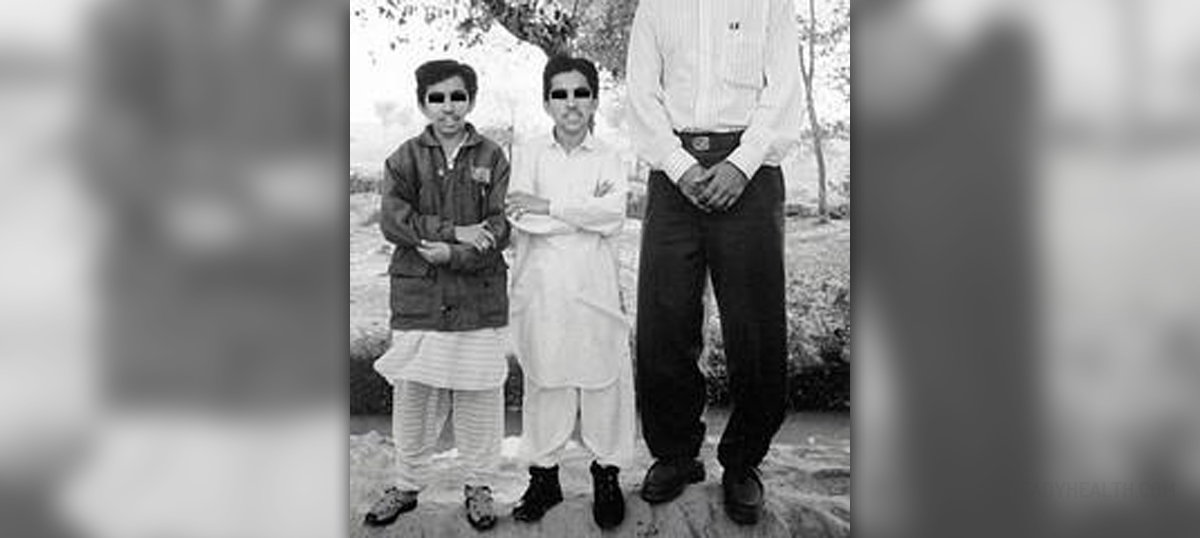
Achondroplasia is a type of dwarfism, an inherited disorder affecting bones. Achondroplasia is actually the most frequently reported type of dwarfism.
It is estimated that 1 out of 15,000 - 40,000 newborns is affected by achondroplasia. The major problem of the condition is inability of the cartilage to cover bones, especially long bones of the extremities. Apart from short stature, people suffering from achondroplasia also face other health problems and breathing difficulties, obesity and crowded teeth are only some of them.
What Causes Achondroplasia?
In the majority of cases, parents of individuals suffering from achondroplasia are people of average-height. This drives to conclusion that the disorder is connected with a new mutation in the fibroblast growth factor receptor 3 gene (FGFR3 gene). The reason behind this mutation, however, have not been identified yet.
Apart from spontaneous mutation, the condition is in some people inherited and transmitted from parents to their child in an autosomal dominant fashion.Finally, in case one parent is suffering from achondroplasia, there is 50% chance that the child will develop the disease. And if both parents are affected, the child has 25% chance to inherit defective gene from each parent.
So, the condition is either inherited or occurs due to a spontaneous mutation of FGFR3 gene. In the majority of cases the disorder is associated with a new mutation. The very FGFR3 gene is in charge of bone growth. It determines and limits ossification, the process of creation of bones out of cartilage. As a result of a mutation, there is disturbance in bone growth. This is only a theory that requires additional investigations.Achondroplasia Symptoms and Signs
Individuals suffering from achondroplasia have short stature and proportionately short extremities. The head is large, actually the head is of normal size but it appears large comparing to the rest of the body.
As for facial characterizes, people with achondroplasia have a flattened bridge of the nose.
The fingers are also short and the ring finger together with the middle finger may diverge. This is why the hand may appear as a trident.
Muscle tone is reduced, legs are bowed and the spine may be (and usually is) affected by spinal stenosis. The spine of people with achondroplasia is also prone to deformities like kyphosis and lordosis.
There is no cure that can correct deformities these patients are born with. However, certain medical issues they face with can be treated either conservatively or surgically.


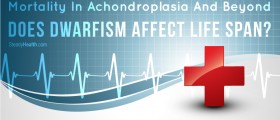

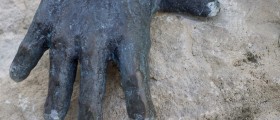


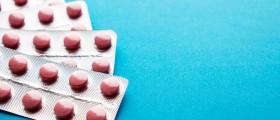
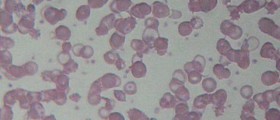






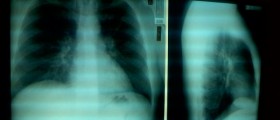

Your thoughts on this
Loading...